
There is no It's Bagels without centuries of bagel history—especially New York City bagel history—where we recognize a lineage of craft, community, heritage, and hustle. We're lucky to have roots in this story. Each of the moments below impact our identity and the way we think about, and love, our bagels.

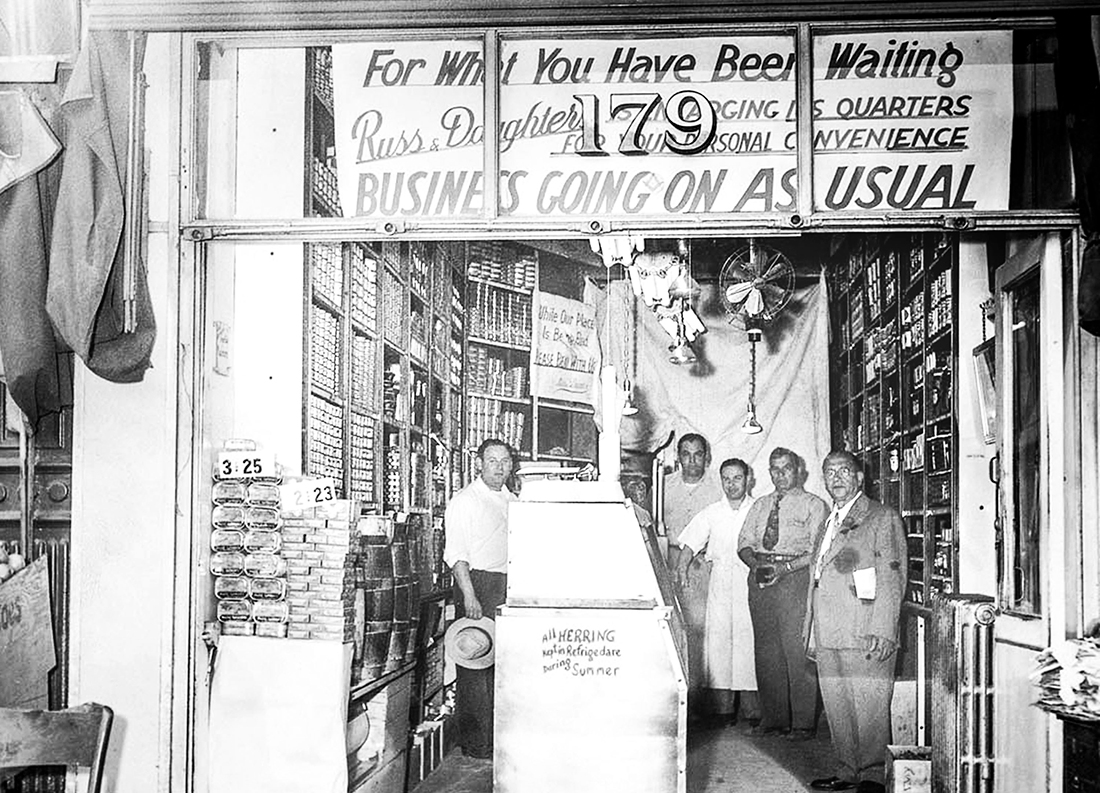
1914 A Holy Temple is established
Joel Russ from Strzyzow, Poland opens his first appetizing shop on Orchard Street. In 1920, he moves the business to 179 Houston Street, which remains vital today under 4th generation family ownership as a vibrant and essential pilgrimage site for all things bagels and lox. In 1933 Russ renames his shop Russ & Daughters after his three daughters, Hattie, Ida and Anne.
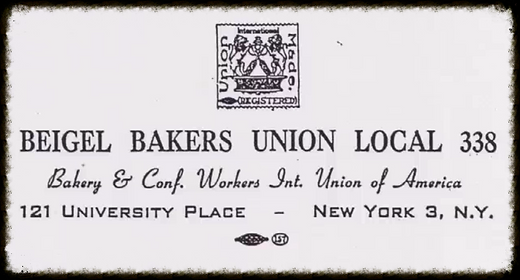
1937 Bagel Bakers Unite
As a result of harsh labor conditions including cramped basement baking spaces, poor ventilation and excessive heat from coal-burning ovens, bagel bakers organized and formed Bagel Bakers Union Local 338 of the Bakery and Confectionery Workers' International Union. The 300 original union members earned labor cards only if bagels were their family business and they could roll a minimum of 832 bagels per hour.
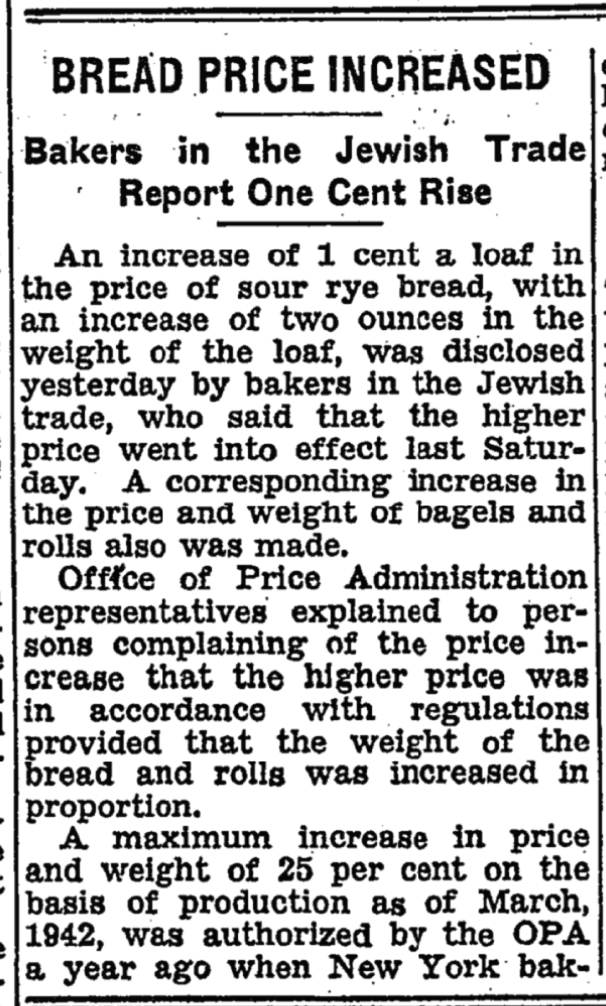
1945 Bagels in the Broadsheets
The New York Times runs its first feature story about the bagel trade on January 18, 1945, under the headline, "Bread Price Increases; Bakers in the Jewish Trade Report One Cent Rise." The piece is the first of many in the Times about the economics and labor disputes of the bagel business, and how they impact the city's population and culture at large.
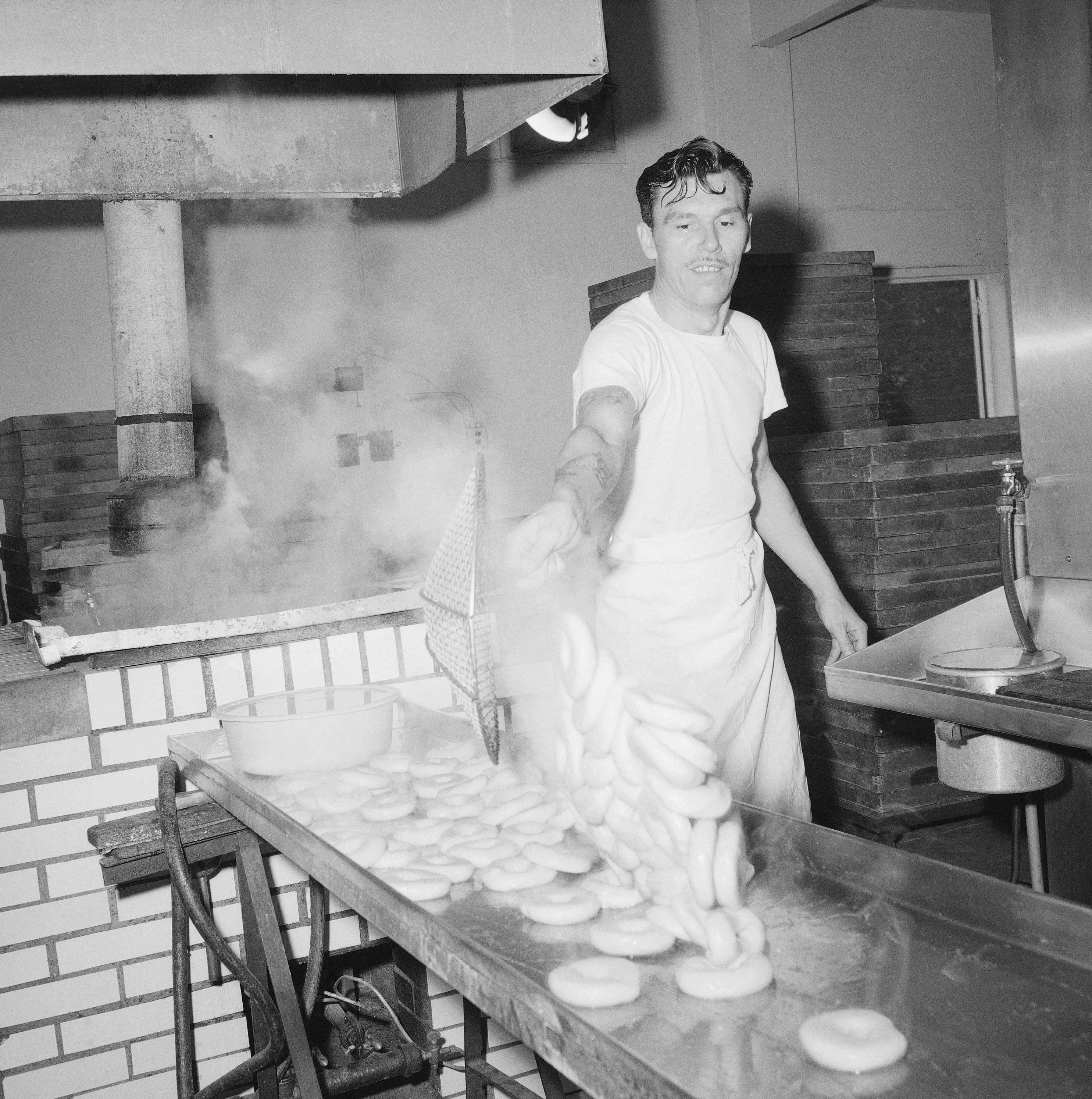
1951 Bakers Strike!
With New York City's bagel demands soaring to over a million bagels per weekend, 32 of the city's 34 bagel bakeries go on strike in December, prompting cheeky headlines in the Times like, "Bagel Famine Threatens in City; Labor Dispute Puts Hole in Supply" and "Lox Strike Expert Acts To End the Bagel Famine." The latter story's first line: "The man who helped settle the lox (smoked salmon) strike four years ago brought his talents to the bagel famine yesterday." The bagel strike continued for two months, ending in February, 1952.

1963 End of the Bagel Underground
Bagel wholesalers start to become bagel storefronts as The New York Times reports on October 3 that bagel makers "had crept out of the cellars," replacing their coal-fired ovens with electric stainless steel models and inviting consumers directly into their shops. "They put up colored neon signs that blinked 'Hot Bagels' far into the night," wrote Sydney H. Schanberg in the Times. "Sunday brunch lovers quickly got the message. The retail idea spread and today all 26 bagel bakeries in the city are on ground level and the public is welcome."
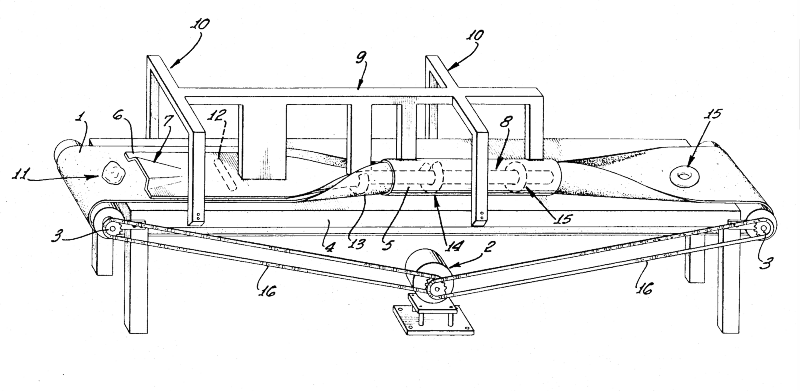
1963-1973 Invasion of the Robot Rollers
Automated bagel-forming arrives on the scene in the form of the Bagelmatic, a Brooklyn-made machine promising to roll 175 dozen bagels per hour, about fourteen times the average hourly output of two humans. Phillip Reicher, the then 30-year-old owner of Bagel Stop, a popular bagel shop in Forest Hills Queens, said the acquisition and implementation of the Bagelmatic was necessary to meet his customers' demands. "Every Sunday here is an emergency," he said. "Last week, for instance, the lines for bagels went right out of the store and into the street."

1976 New Icons
Florence and Gene Wilpon, along with Florence's brother Aaron Wenzelberg open Ess-a-Bagel on 1st Avenue in Manhattan's Gramercy Park neighborhood. A few years earlier, in 1972, brothers-in-law Hector Hernandez and Helmer Toro open H&H on the Manhattan's Upper West Side. The H&H vs. Ess-a debate endures for decades with each shop claiming diehard loyalists, long lists of accolades, and, for H&H, a shoutout on a 1997 episode of Seinfeld, when Kramer returns to work at the bagel shop after a twelve-year strike...

2010-2011 Last Locals
During It's Bagels founder Dan Martensen's last decade living in New York City, Tompkins Square Bagels (opened 2010) and Olde Brooklyn Bagel Shoppe (opened 2011) provided a steady stream of deliciousness and, to this today, act as sources of inspiration. Both shops have their own deep NYC roots, with connections to other bagel-baking standouts, like Bake City Bagels in Gravesend and Court Street Bagels in Cobble Hill. "People come from all over the world to visit these neighborhood places." Martensen says. "That's so special and result of total dedication to the bagel. I think about that every time we open the door at It's."
